
Hey, all, I’m taking my annual summer break from blogging, and while I’m gone, I’m re-running some of my favorites from my archives. I’ll be back after the Fourth with new posts. Have a happy June!
I almost didn’t read Darryl Wein’s story. It was the photo of his scars on the first page that made me want to flip past it.
Weins suffered severe burns to his face when he was electrocuted. In the picture, his skin looked like had melted on the right side, his eye and mouth sliding down his face like cheese on a hot pizza. The article explains, in detail, the kind of pain, suffering, surgery and psychic loss he’d experienced after the accident.
It hurt to think of the pain that Darryl had gone through, the continuing problems he had with eating, breathing, being, how he’d been ostracized by people uncomfortable with his face, and the new pain he was experiencing in his attempt to have a face transplant.
But the picture and article, as uncomfortable as they made me, were also beautiful. In the shot, Wein holds his daughter in his lap. She is looking away from the camera, calm and content. More than any of the grisly minutae of Wein’s suffering, the detail that stuck with me was that his daughter had never known him differently. Had never known that his appearance was anything to be bothered by. To her, his face was simply her father’s face, different, familiar, loved.
*
I’ve been thinking about scars lately. I shared a few weeks ago that I’ve been dealing with the abuse my friend and I suffered in youth group. I was surprised by the burden I was still carrying, one year short of my twenty-year reunion. It was empowering to take hold of that experience, begin to mourn it, write about it, have conversations about it, and admit to myself and to God that I wasn’t okay, was furious, enraged, horrified with what happened. I’m still in the middle of that process. I’ve been thinking about other hurts, deeper, older, still-healing ones.
In other words, I am allowing myself to really look at, touch, and own my scars.
There’s a tremendous emphasis on healing in the Christian church—and rightly so. Jesus was a healer; the disciples followed. I believe in healing, in resurrection power, in the lame walking and the mute singing praise.
But I’ve been wondering, lately, if healing always ends up looking pretty. I think we expect healing to be sanitized and model-ready and testimony-slick. But what if the wild, scarred beauty of a person made whole unsettles us, instead?
I’ve desired a healing that leaves no trace. That looks unblemished to everyone else. I want my face to look like other faces. I want to go back to the way I was before. I want to wave my hands and say, “That’s all done and over with. I’m fine now.”
I want my healing to not make other people uncomfortable.
But it occurred to me that when Jesus was resurrected, he still had his scars, the sword piercing in his side. He asked his shocked companions to put their hands into the holes.
The idea of sticking my finger in someone’s palm hole gives me the heebie-jeebies.
*
A few years ago at IF: Gathering, I was challenged by the words of Christine Caine, who spoke about how her identity has been radically changed in Christ. She was unwanted; she is now a beloved daughter. She was sexually abused; now she is free and empowered.
Lovely, right?
I’ll be honest: She really pissed me off.
Here’s what got me: “Many of us prefer the comfort of victimhood over what it takes to be free.” She jabbed her finger in the air a few times as she said it.
I felt like she was jabbing my chest.
I didn’t want to be angry at her. Because if anyone has the right to exhort us to move into freedom, it’s Caine. I didn’t want to admit I was angry—angry that I didn’t feel healed, angry that I thought I had tried as hard as I could to be freed, angry that I had been wounded in the first place.
I couldn’t write about it back in February because I was ashamed at my anger.
(Look: I still don’t like how aggressive her delivery was. I hate the whole “Get with the program” trope in Christianity. I’ve got way too much practice telling myself to try harder. I don’t think healing comes with effort.)
But I think her words and my anger lit a fire in me. I had to think about why I didn’t feel free. Why I was still angry, still bitter, still afraid? Why did I feel helpless about old hurts? Caine made me mad, and she made me think.
To my surprise I agree with her on this: we really don’t want to face what it will take to make us free.
You know why? It might hurt. Not just us–it might be painful for other people.
We don’t want to put our fingers in our palm holes, or endure the ache of flesh knitting back together. We do not want to take off masks that help others feel more comfortable with our scars. After all, our scars still make us shudder.
We do not want our scarred, transformed faces to see the light in a world still caught in darkness.
We do not want to be seen.
Maybe people will be kind, and understanding, and react the way we want them to when they see our tender scar tissue. But honestly, people might not.
But by hiding our scars, being afraid of owning them, we consent to still being in bondage to the past.
God offers us freedom. It is not an easy freedom, but it is worth it.
People might stare, but God surely sits with us with the same intimacy that Darryl Wein’s daughter has with him. He makes our scars beautiful, holy, whole because they are part of us. He lets us have that same kind of ease and love for ourselves, too.
I want that kind of healing. No matter what it costs.
I wonder what Wein’s face would look like in heaven. Somehow, I think it would be one that his daughter would recognize.
And there, in the light of heaven, it would be beautiful, holy, and right.
Originally published August, 2014.
Image credit: Neil Moralee


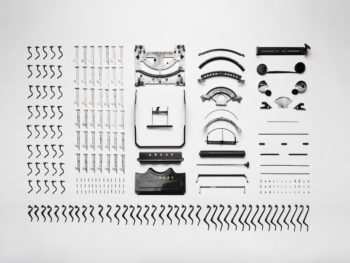
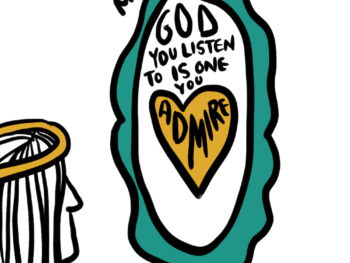
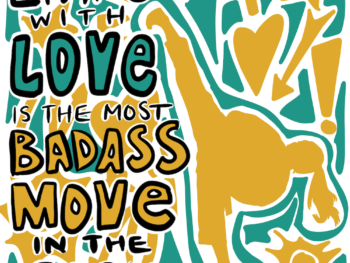



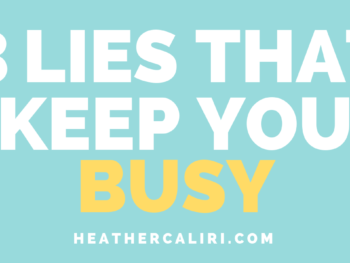
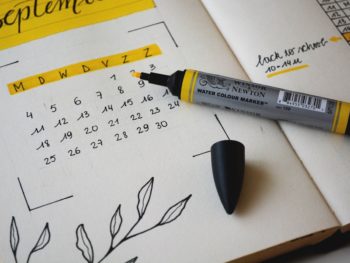


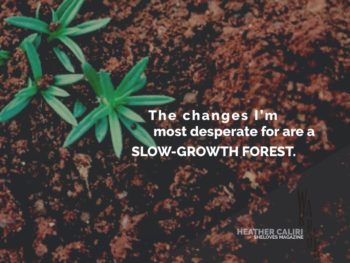
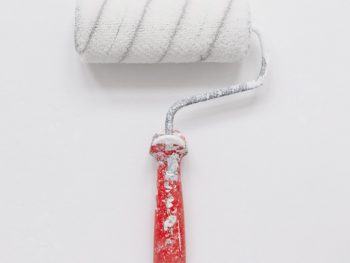
 God Calls Us to Do More than Change Our Perspective
God Calls Us to Do More than Change Our Perspective
I think healing ALWAYS leaves a scar, but even though you can see them, scars are often numb. I have some big scars, on one the back of my leg from having cancer and having an operation to take some of my flesh. I then had a skin transplant from my other leg so it’s quite an odd looking scar, a great big oval. The bizarre thing about it is that even though it’s painless, actually a bit numb on the skin, you can feel the pressure UNDER the skin when someone touches it. It gives me the creeps. It doesn’t hurt, but I don’t like it being touched.
I have had some emotional scars too – many of them are now painless too, but I don’t always want to take them out and have people paw over them either. People heal in different ways, don’t they.
Wow, Bev, I love these reflections–yes, scars are different, and heal differently, and we can’t treat every one the same. I think paying attention to what helps you feel whole is an important first step to living with scars well.
Amen to that, my sister!